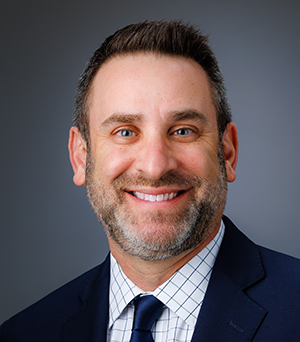Diabetes & CGMs: ‘A rapid-fire changing environment’ New policy and new codes put providers at forefront of adoption

By Theresa Flaherty, Managing Editor
Updated 9:39 AM CDT, Fri March 17, 2023
 WASHINGTON – Industry stakeholders say Medicare’s newly expanded coverage guidelines for continuous glucose monitors (CGMs) are a big win, but there’s still work to do to process that and other changes made to the benefit in the past few months.
WASHINGTON – Industry stakeholders say Medicare’s newly expanded coverage guidelines for continuous glucose monitors (CGMs) are a big win, but there’s still work to do to process that and other changes made to the benefit in the past few months.
CMS in March published an updated LCD and policy article that, among other things, expands coverage for CGMs to beneficiaries with Type 2 diabetes and allows follow-up visits to be conducted via telehealth.
“Medicare has done a nice job, here, of expanding coverage to the Type 2 population, especially,” said Linda Langiotti, senior vice president of strategic channels for CCS Medical and chair of the AAHomecare Diabetes Council.
The new LCD and policy article go into effect April 16.
Stakeholders are pleased that the effective date is before the end of the public health emergency on May 11 – something they had advocated for with CMS.
“Our biggest concern going into this was, would it be finalized before the end of the PHE,” said Rob Schlissberg, president of Cardinal Health at-Home Solutions, who made formal recommendations to the MACs on the proposed coverage guidelines. “That rapid response ensures that the CGM patients who qualified with (pandemic) waivers won’t lose access.”
While HME providers stand at the ready to quickly implement the new LCD and policy article, they’re still pushing Medicare Advantage plans and state Medicaid programs to adopt new HCPC codes for CGMs (E2103 and A4239) that were announced in November and went into effect Jan. 1, says Langiotti.
“Medicare gave us 60 days’ notice and said we’re moving to new coding,” she said. “Now, we’re 70 days into the year and the majority of state Medicaids have not adopted the codes. Think about some beneficiary who’s dual eligible and there’s no coverage on the secondary position because the code doesn’t exist.”
Members of the Diabetes Council are urging payers, especially Medicaid programs, to update their systems and fee schedules to accept and pay on the new codes, says Langiotti.
“We are in a rapid-fire change environment,” she said. “Changes are coming out left and right, so the HME providers are at the forefront of adopting all these changes quickly, so the beneficiary doesn’t feel it.”
- Read about the Diabetes Council’s priorities, including developing a white paper on CGMs and outcomes.
Comments